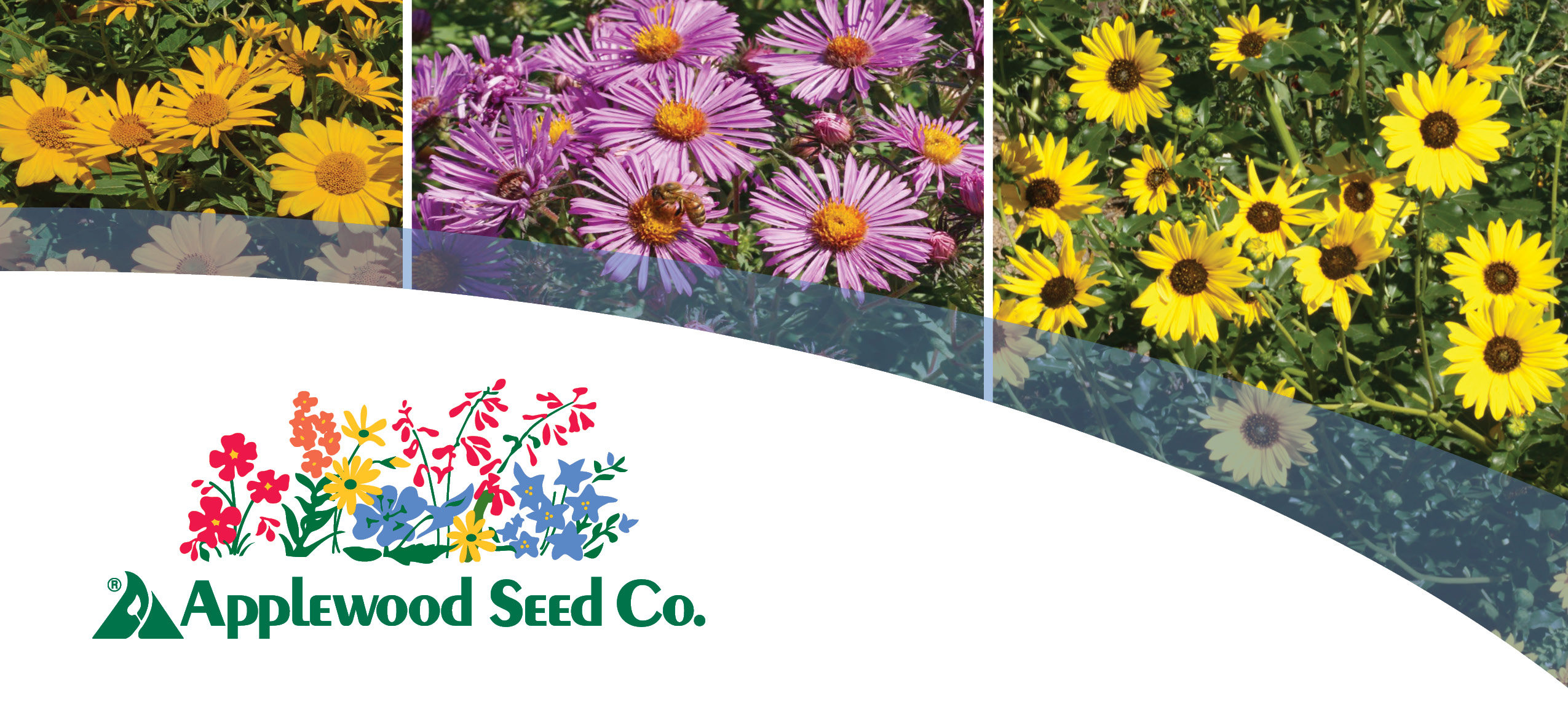
Dormant Seeding and Cold Stratification
Learn how to improve germination and break seed dormancy in your wildflowers
Dormant seeding is a technique for sowing seed in late fall in cool climates when temperatures are too cool for seed germination. Typically this is done after several freezes but before there is permanent snow cover. Once seed is sown and lightly raked into the soil, it will lie “dormant” through the winter and be in place to germinate as soon as soil temperatures are warm enough in the spring. We recommend dormant seeding in fall for projects where supplemental irrigation is not available and adequate rainfall is expected in the spring. It is also recommended when spring conditions are typically soggy and wet, making it difficult to remove weeds, prepare soil and sow seed at that time.
Dormant seeding is ideal for improving germination in many wildflowers with a high degree of dormant seed. Some wildflower seeds, especially perennials, exhibit dormancy, which is the inability of a viable seed to germinate under favorable conditions. Seed dormancy fulfills an important function for plants since it allows seeds to survive conditions and seasons that are unfavorable for seedling growth. Our seed tags indicate if there are dormant seeds present by indicating the percent of dormancy for that lot.
Cold stratification is often effective in breaking seed dormancy. This occurs naturally in winter when seeds are subjected to freezing and thawing in moist conditions. Once the cool, moist period is completed, the seed is physiologically ready to germinate once adequate soil temperature and moisture is available. Cold stratification can be done manually with the use of a refrigerator.
Cold Stratification in Refrigerator
Instructions:
- Prepare sand or vermiculite by adding enough water to thoroughly moisten it, but don’t add so much water that it puddles at the bottom of the container.
- Label a plastic bag with the species name, lot number and date. For small amounts of seed, place about ½ cup of moistened sand or vermiculite in the bag. For larger amounts of seed, use about twice the volume of sand/vermiculite to seed. Add the seed and mix thoroughly.
- Partially close the plastic bag to allow for some air flow. Place bag in a refrigerator. Ideally, the temperature should be 40 degrees Fahrenheit.
- Check once or twice a week to make sure mixture stays moist. Add a little water if it is drying out. Do not add so much water that it puddles in the bottom of the bag. Keep in refrigerator for 30 days.
- Check seed mixture to make sure seeds are not germinating. If seeds have begun to germinate, plant immediately. Do not allow mixture to dry out.
- Check seed mixture to make sure mold or fungus is not forming. If you see any, open the bag completely and dry down the mixture a bit so that it is not as wet. Do not dry out completely.
- Remove from the refrigerator right before seeding. Seeds should not be allowed to dry out prior to planting. This may cause the seeds to go back into a dormant phase.
- Do not allow the cold-stratified seeds to remain at room temperature for more than a few hours. This may cause mold to form in the mixture.



Applewood Seed Co. Announces Strategic Leadership Changes to Drive Business Growth
Applewood Seed Co., an employee-owned company, the leading supplier and wholesaler of open-pollinated flower seeds in the U.S., proudly announces two pivotal promotions within its leadership team. Mary Gomane has been promoted to Vice President of Sales & Production and Joe Eenigenburg has advanced to the role of Director of Sales & Marketing. These strategic […]
Using Flowers as Nature’s Solution to Water Conservation
In the realm of commercial landscaping, traditional turfgrass lawns still reign as the go-to for public and private projects. However in recent years, the practice of replacing turfgrass with flowers has steadily gained popularity, not only for the aesthetic appeal but specifically for the positive impact on water conservation and cost reduction.